Abstract. The literature has documented a large degree of heterogeneity across firms in terms of productivity. In this article, I focus on market potential as a source of differences in productivity across Spanish manufacturing firms. Market potential is conditioned by the existing transport infrastructure. Transport infrastructure investment improves accessibility to input and output markets and…
October 2012

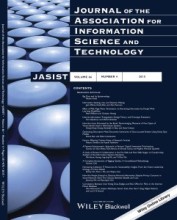
Abstract. Bibliometric techniques and social network analysis are used to define the patterns of international medical research in Latin America and the Caribbean based on information available in the Scopus database. The objective was to ascertain countries' capacity to establish intra- and extraregional scientific collaboration. The results show that increased output and citations in medical…

Abstract. Most analyses of the relationship between state institutions and interpersonal trust claim either that the state crowds out trust or that it helps to create trust, acting as a third-party enforcer of agreements. Actually, the relationship between the state and trust is much more complex. This article presents a theoretical model that predicts how trust will evolve in highly efficacious…
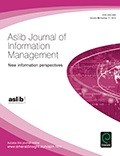
Abstract
Purpose
Research with stem cells is a biomedical venture with great scientific impact, and whose development flows over into many other areas. This article aims to present a dual analysis of Spain's scientific output in this field during the period 1997‐2007.
Design/methodology/approach
The authors used bibliometric indicators of a basic nature…
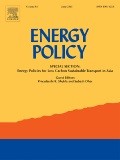
Abstract. The aim of this paper is to provide a comparative assessment of the innovation effects of instruments which support the diffusion of renewable electricity technologies with a functions-oriented technological innovation system perspective. The paper provides a link between two major streams of the literature: the functions of innovation systems and the literature on renewable electricity…
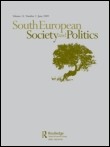
Abstract. One of the most striking facts of recent Spanish political debate has been the relatively little partisan and ideological conflict over the size of the welfare state. To explain this puzzle, we rely on the idea that support for the welfare state and support for redistribution are not necessarily the same thing. Our analysis of welfare policy preferences in Spain reveals that a…
September 2012

Abstract. This article analyzes the links between migratory processes and the evolution of nationality legislation in Spain. We argue that this case challenges the theoretical models that link immigration to liberalizing reforms in citizenship law. Despite large-scale immigration experienced over the last two decades, Spanish nationality law has remained strongly focused on keeping ties with…
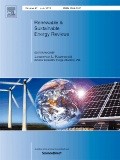
Abstract. This paper provides an overview of the trends of the Spanish solar PV feed-in tariff (FIT) and its design elements, identifies some implications for the effective and cost-efficient deployment of solar PV in Spain and infers some lessons which might be useful for the implementation of support for solar PV elsewhere. Our analysis is based on a throughout revision of the relevant…
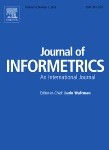
Abstract. A new size-independent indicator of scientific journal prestige, the SJR2 indicator, is proposed. This indicator takes into account not only the prestige of the citing scientific journal but also its closeness to the cited journal using the cosine of the angle between the vectors of the two journals’ cocitation profiles. To eliminate the size effect, the accumulated prestige is divided…
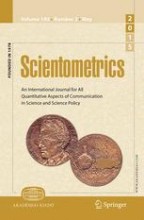
Abstract. This study on research collaboration (RC) is an attempt to estimate the degree of internationalization of academic institutions and regions. Furthermore potential influences of RC on excellence initiatives of modern universities are investigated relying on source data obtained from SCImago Institutions Rankings. A positive correlation exists between the degree of collaboration and the…


